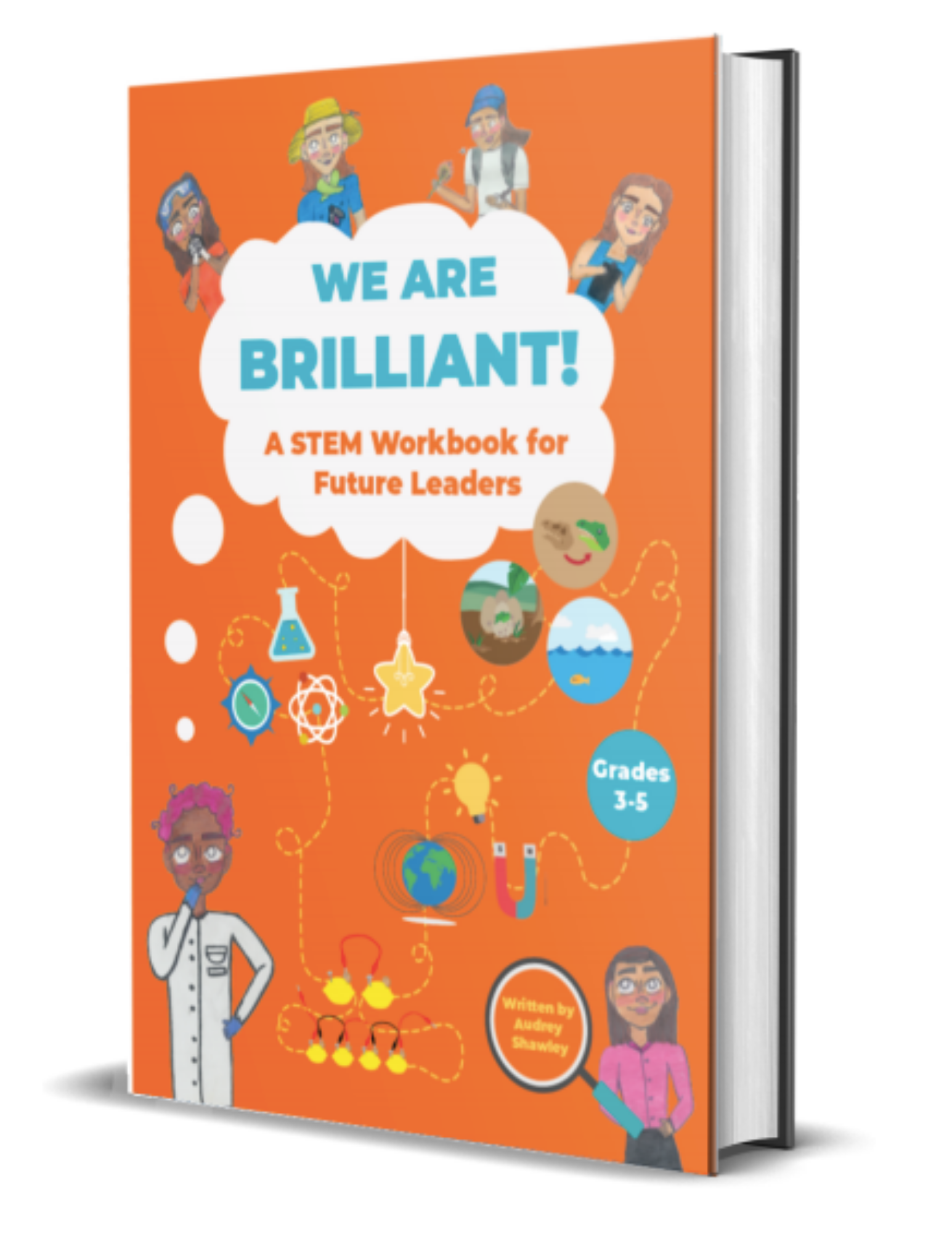How can we better understand our emotions? In this activity, we will draw portraits of our feelings to better understand them!
Materials
Blank sheets of paper
Colored markers, pencils, or crayons
Time Estimated:
20 minutes
Directions:
Fold the paper into 3 equal horizontal sections, in accordion-style.
Parent/teacher should assign one emotion to each paper and write the same emotion down on each of the 3 sections of the folded paper.
Next, pass out the folded and labeled papers to each participant.
Grab markers and begin drawing a person’s head on the first 3rd of the paper illustrating what the assigned emotion looks like!
Once you are finished with the head, fold the paper so that the head section is on the back. Then switch papers to the next person; they will draw the torso to express the same emotion.
Once finished with the torso, fold the paper in a way so that the torso section is on the back and the last blank third is on the front. Switch papers again and draw the emotion that is on the new paper/section as the bottom third of the person, including the legs and feet.
Now, unfold the paper to reveal a portrait of emotions! Notice the differences between the sections and emotions and have a discussion using the questions below!
Think Like a Scientist!
How is the way one person drew an emotion different from how another person drew the emotion?
What differences and/or similarities did you notice between how people in the group expressed emotions?
How do you express emotion in different situations/places? (At home vs. at school? With your friends, with family vs. with strangers?)
Do you ever feel multiple emotions at the same time? If so, give an example.
How do girls and boys express emotion differently?
How Does it Work?
Emotional development happens in stages. We learn to express and understand emotions from a very young age— babies start showcasing happiness and sadness just days after they are born. But the way they understand and show emotions does differ based on their personality and individual experiences.
So, expression of emotions is different for everyone! But why? Our gender and cultural backgrounds impact the way we showcase and understand emotions! Some cultures value certain emotions over others. Did you draw an emotion differently than your partner?
Gender is how you define yourself, often as a boy or girl. There can be gender differences in how we understand, express, and draw emotions. This is because of a process called socialization, where kids learn about how to show emotions from grown-ups. Sometimes grown-ups define your gender differently than you would define it yourself. Grown-ups often make connections between certain emotions and gender. Sometimes people think boys should not cry and girls should not be angry. As kids grow up, they learn gender constancy. With this, kids understand that emotions are not connected to either gender, for example, a girl showing a “boy” emotion will not make her a boy. Though there might be differences in how boys and girls show and draw emotion, expressions of emotions should be accepted no matter the gender.
Cultural differences are the various beliefs, behaviors, languages, practices, and expressions that are considered unique to members of a specific ethnicity, race, or national origin. You may have noticed that you drew and/or expressed your emotions differently than your peers and this can partly be explained by these cultural differences.
Further Exploration:
Depending on how you were raised and how the people around you expressed their emotions, you may express your emotions differently than others. It may even be hard to identify what emotions someone else is feeling. There is no right or wrong way to express emotions, and therefore, it is important to recognize that people may be feeling things that you cannot see.
Anticipated Concerns
Students may struggle to identify specific emotions and name them on their drawings.
Check out more empowering activities here!
Looking for more fun at-home STEM activities for your young scientist? Check out our workbook full of exciting science experiments and empowering activities!
Learn more and purchase today!


